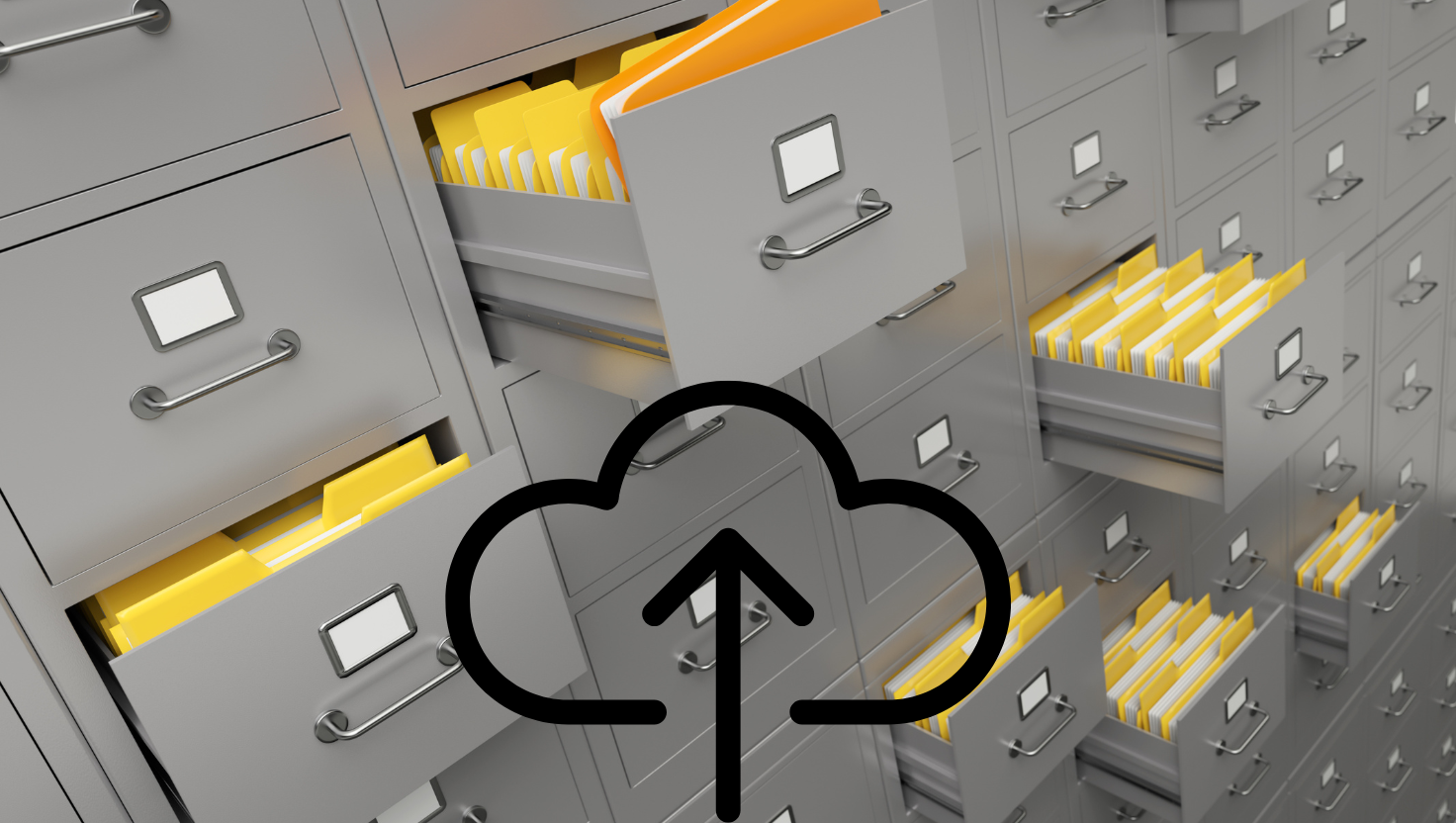The problem with paperwork isn’t just that it piles up—it’s that you can NEVER find what you need when you need it.
Enter Microsoft’s Digital Filing Cabinet. No more stacks of paper, no more cluttered desktops—just everything in its place and easy to find.
Why OneDrive & SharePoint Are Your New Best Friends
Think of OneDrive as your personal filing cabinet and SharePoint as the team filing system.
Here’s how to use them like a pro:
OneDrive: Best for personal and business docs that only YOU need.
SharePoint: Ideal for files that need to be shared with a team.
Story: A company we know had everyone keeping their own copies of contracts in separate folders.
Chaos.
We moved everything into SharePoint, set permissions properly, and suddenly everyone had the latest version without asking around.
No more “who has the right version?” headaches.
How to Set Up a Foolproof Filing System
If you’ve ever wasted 10 minutes searching for an important document—or worse, recreating one from scratch—this is for you.
1. Create Main Folders for Big Categories
Your filing system should be as intuitive as possible.
Stick with high-level categories like:
Business Docs
├── Contracts
├── Invoices
├── Clients
├── HR & Employee Docs
Each folder should hold subfolders for specific clients, years, or project types. Keep it logical, but don’t overdo it—too many folders = hard to navigate.
Example: A business we know used to dump EVERYTHING into a single “Documents” folder. We set up a clear structure in OneDrive, and suddenly they could find anything in under 10 seconds.
2. Use Subfolders Sparingly
If you have to click more than three times to reach a document, your folder system is too deep. Flatten it out to keep things efficient.
3. Set Up Metadata & Tags in SharePoint
For businesses using SharePoint, adding metadata (keywords & categories) makes it easier to search for files. Instead of digging through folders, just search by keyword.
Example: A marketing team used to label campaigns like “Campaign_v3_FINAL_FINAL2.”
Yikes.
We introduced metadata tags (e.g., project name, year, status), and now they just search “Spring 2024 Ad” and boom—it appears instantly.
4. Use Quick Access Shortcuts in OneDrive
If you constantly access the same folders, pin them to Quick Access in OneDrive.
This saves SO much time.
Pro Tip: Set up automatic folder syncing with OneDrive to ensure your files are always backed up—no more lost documents when your laptop dies.
Bonus: Set Expiration Dates for Old Files
Tired of outdated files clogging up your storage?
Set up auto-archiving in SharePoint so that anything older than, say, 3 years, moves to an archive folder (or gets deleted if no longer needed).

